
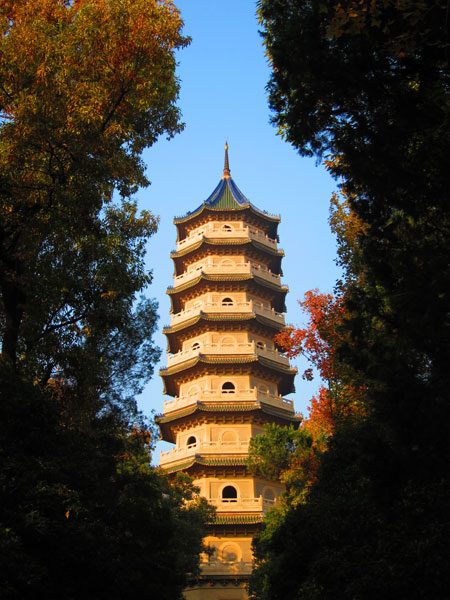 |
| Wandering around the paths in Linggu Temple takes visitors to the Linggu Pagoda, which can be viewed through the trees as they approach. (China Daily/Hari Raj) |
China's former capital has a rich history. Hari Raj explores the city's abundance of museums, scenic beauty spots and local food.
The past and the present coexist amicably in Nanjing, China's former capital and the current seat of Jiangsu province capital. The city sits at the intersection of the Yangtze River and the rail route fromBeijing, a position that helped it become a commercial and political hub - one that is well aware of its history. We arrive on late Friday, pop out of our hostel to admire the surroundings, and immediately get swept up in a horde of people. Surely this human deluge is either fleeing a fire or mobbing a celebrity? The answer is soon apparent. We are staying quite literally around the corner from Nanjing's famous Fuzimiao area.
Here, you will find the Song Dynasty (960-1279) Confucius temple that gives the area its name, playing stately host to the crowds. And then there is the Qinhuai River - pretty by day but gorgeous at night when the water comes alive with reflected neon.
There are glitzy shops andrestaurants that cater to tourists and alleys containing numerous stalls where you can buy everything from snacks to pets - preferably not at the same place.
I am delighted to discover that stinky tofu is a local specialty, my travel companion considerably less so.
The next morning, we rise early and head to the city walls, which are more than 600 years old. Nanjing's south gate is known as the "Gate of China", and the gate complex contains a small archery range where we establish the generation and gender gaps between English legend Robin Hood and The Hunger Game's Katniss Everdeen.


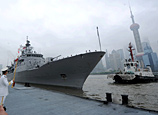
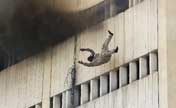
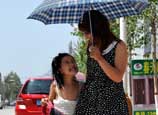
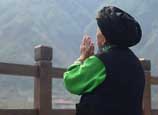
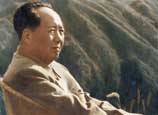
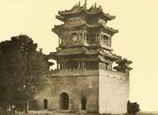


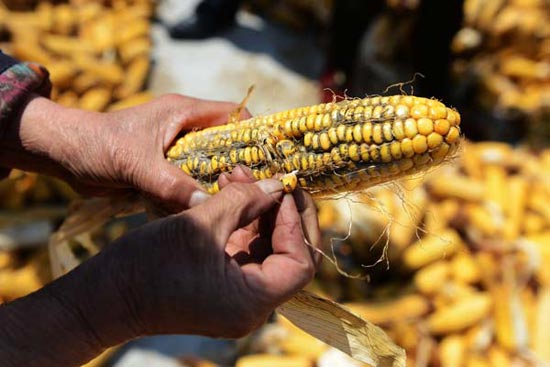








![]()
